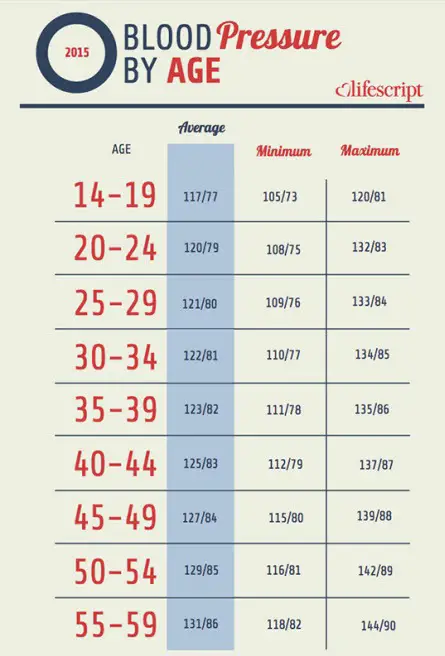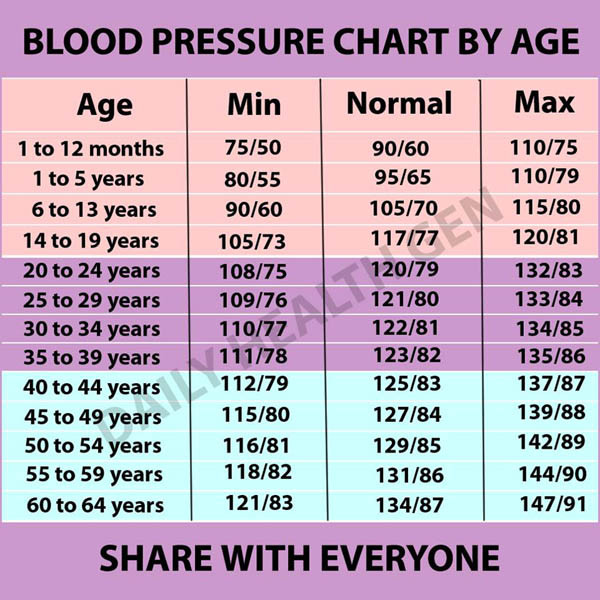

If there is thrombocytopenia or a falling haemoglobin, investigate for disseminated intravascular coagulation (DIC) and/or haemolysis.urine microscopy on a carefully collected midstream urine sample.If features of pre-eclampsia are present, perform:.spot urine protein creatinine ratio (PCR).Perform the following investigations in all women with new onset hypertension after 20 weeks gestation:.Initial assessment Maternal assessment and investigations If transfer is required, seek assistance from PIPER – 1300 137 650.Understand your health service’s capability level – see Victorian Maternity and Newborn Capability Framework.At Admit to hospital if features of pre-eclampsia are detected.Initial assessment and management in a day assessment setting may be appropriate.Assess for signs and symptoms of pre-eclampsia.Hypertension after 20 weeks: assessment and management flowchart Practice points PREGNANCY can be used safely in breastfeeding mothers Peripheral edema and constipationįirst dose effect = orthostatic hypotensionįlushing, headache, nausea, lupus-like syndrome Severe headache associated with flushing and tachycardia.

Dry mouth, sedation, depression, blurred vision Table 2: Ongoing treatment with antihypertensive medication Medicationī blocker with mild alpha vasodilator effectīradycardia, bronchospasm, headache, nausea They can be used post-partum and are compatible with breastfeeding. Their use in the third trimester has been associated with fetal death and neonatal renal failure.

Max effect usually occurs within 5 min of each doseĥ–10 mg (first dose 5 mg if fetal compromise) IV bolus over 2 min repeat every 10 min prn Repeat after 45 min if response inadequate Table 1: Acute treatment with antihypertensive medication Medicationģ0–45 minutes. continuous oxygen saturation monitoring.30 minutely - complete set of vital signs, and assessment of response to treatment.Observations during acute treatment of severe hypertension do not allow blood pressure to fall below 140/80 mmHg.commence antihypertensive treatment (Table 1) for all women with a systolic blood pressure ≥170 mmHg or a diastolic blood pressure ≥110 mmHg.


 0 kommentar(er)
0 kommentar(er)
